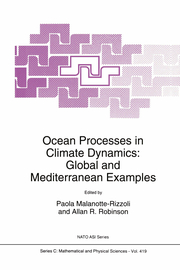Detailansicht
Ocean Processes in Climate Dynamics: Global and Mediterranean Examples
NATO Science Series C: (closed), Volume 419, Nato Science Series C: 419
ISBN/EAN: 9780792326243
Umbreit-Nr.: 1440240
Sprache:
Englisch
Umfang: xxii, 437 S.
Format in cm:
Einband:
gebundenes Buch
Erschienen am 30.11.1993
€ 320,99
(inklusive MwSt.)
Nachfragen
